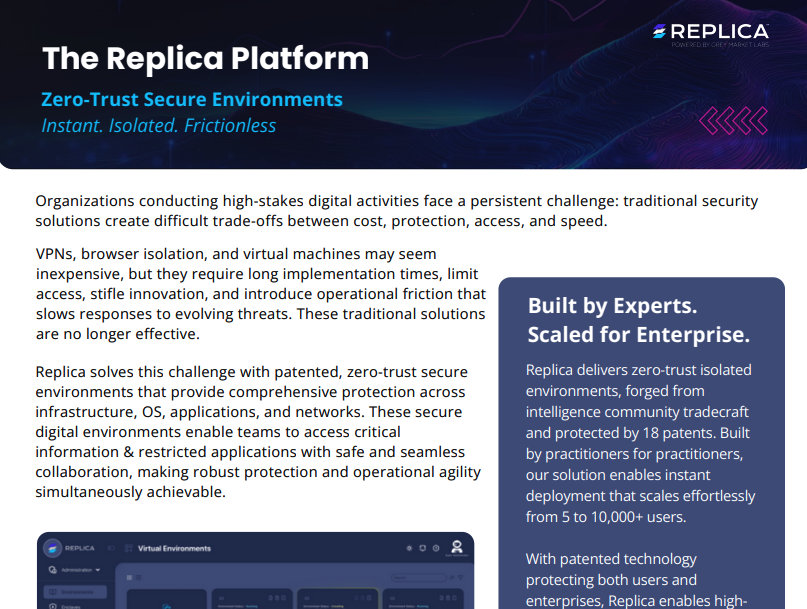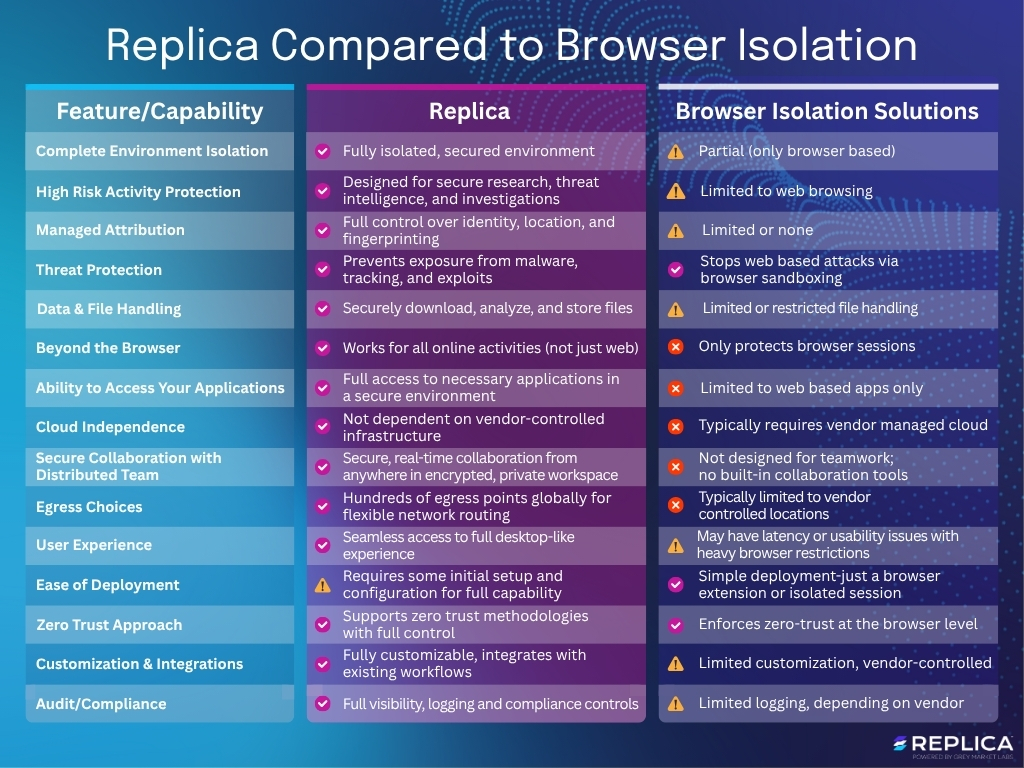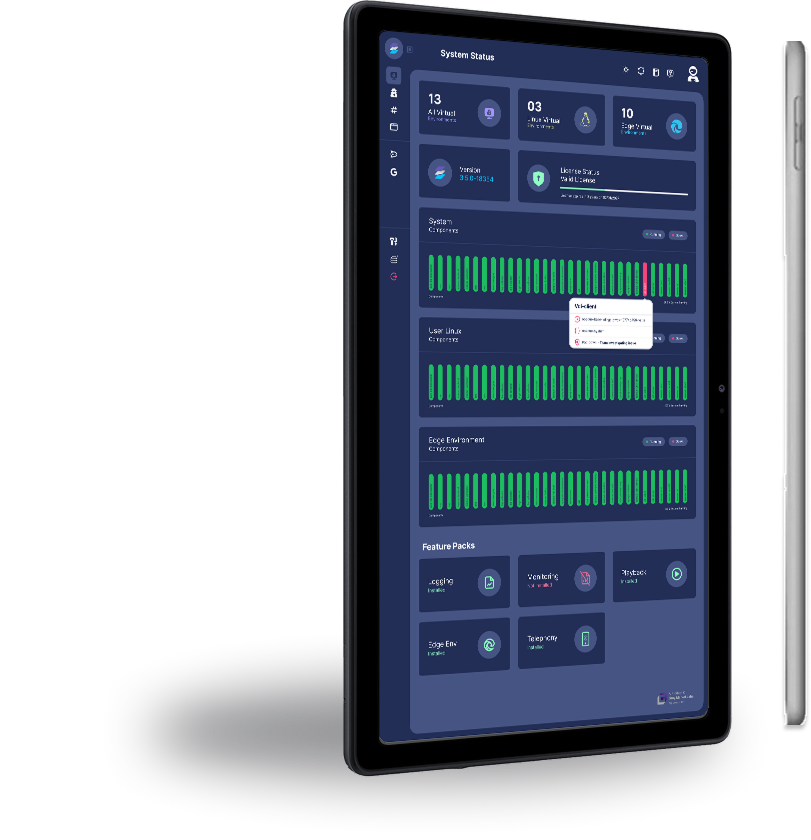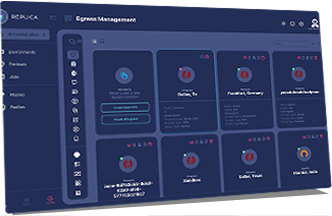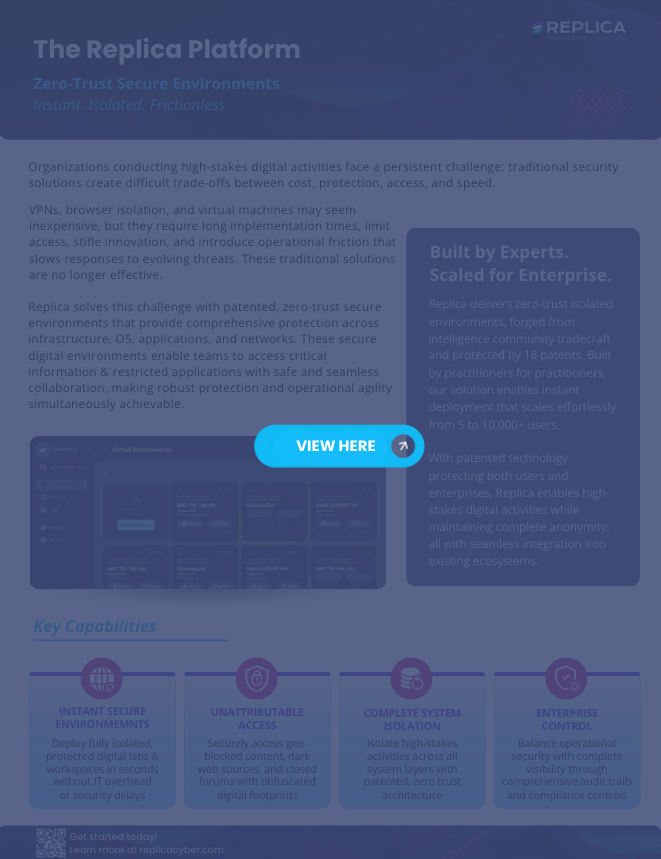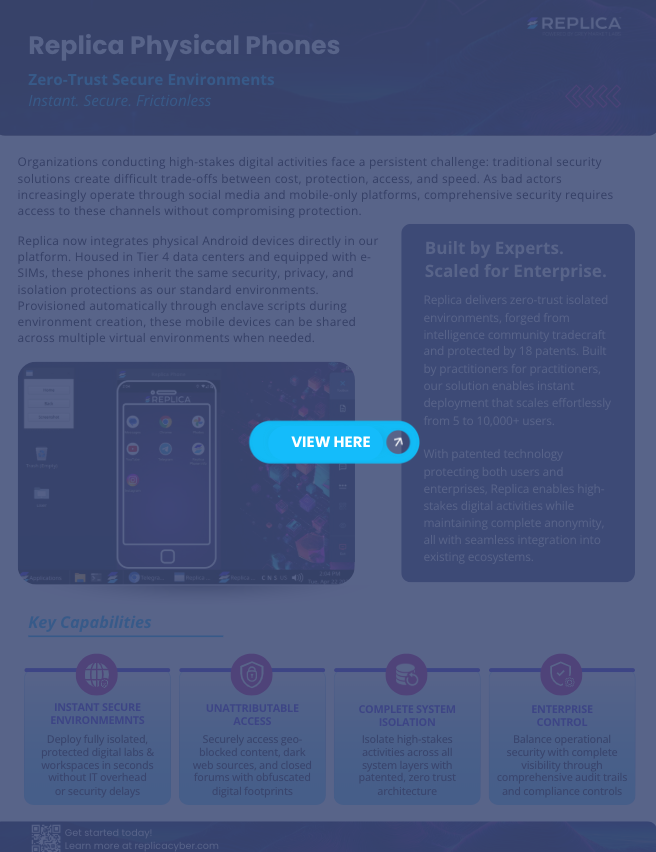Part 5 of our 5-part series, Reimagining Security for the AI Era
Catch up on previous posts:
The boardroom presentation concludes with confident projections: current security investments will protect the institution through the next planning cycle. But as executives file out, a nagging question lingers—will today’s security architecture still be relevant when tomorrow’s threats arrive? In an era where 90% of SaaS tools remain completely unmanaged and 56% of Fortune 500 companies now cite AI as a risk factor—a 473% increase from the prior year, yesterday’s security models aren’t just inadequate—they’re becoming competitive liabilities.
The financial institutions that will dominate the next decade understand a fundamental truth: security architecture isn’t about defending what exists today but enabling what must exist tomorrow. This final installment in our series examines how leading organizations are building future-ready security architectures that don’t just respond to emerging threats—they anticipate and capitalize on them.
The Convergence of Accelerating Forces
Three forces will reshape financial services in the decade ahead:
- The AI Revolution: AI is becoming the driver of market leadership, but unmanaged adoption creates massive blind spots.
- The Disappearing Perimeter: Hybrid, multi-cloud, and edge environments dissolve old boundaries, leaving traditional models obsolete.
- The Speed Imperative: Institutions that can deploy capabilities faster than competitors will capture disproportionate market share.
Beyond Reactive Defense: The Anticipatory Architecture
Traditional security architectures operate on a reactive model: identify threats, then build defenses. Future-ready architectures operate on an anticipatory model: assume unknown threats will emerge, then build adaptive capabilities that can respond to whatever comes next.
Secure Innovation Infrastructure
Rather than securing against specific threats, leading institutions are building secure innovation infrastructure—isolated environments where teams can safely experiment with emerging technologies, test new business models, and integrate acquired capabilities without risking core operations.
This infrastructure enables financial institutions to:
- Deploy AI models in production without exposing customer data to unknown risks
- Test fintech partnerships and acquisitions in isolated environments before full integration
- Experiment with blockchain, quantum computing, and other emerging technologies ahead of competitors
- Enable secure collaboration with external partners on strategic initiatives
Zero-Trust Isolation by Design
Moving beyond traditional zero-trust networking, advanced institutions are implementing zero-trust isolation—comprehensive separation of high-risk activities that maintains productivity while eliminating lateral movement risks. This enables secure access to any digital environment, from dark web intelligence gathering to M&A tech testing, without compromising institutional security.
The Strategic Architecture Framework
Building future-ready security requires a strategic framework that balances protection, enablement, and adaptability:
A Strategic Architecture Framework
Future-ready security balances protection, enablement, and adaptability across four layers:
- Resilience: Survive attacks with redundancy, recovery, and quantum-resistant encryption.
- Intelligence: See emerging threats early with advanced analytics and business intelligence.
- Enablement: Accelerate secure development, collaboration, and innovation.
- Adaptability: Automate defenses that shift with threats, business priorities, and compliance needs.
Investment Priorities for Competitive Advantage
The institutions that will lead the next decade are making strategic investments in specific capability areas:
Secure AI Development Platforms
Isolated environments for AI model training, testing, and deployment that protect intellectual property while enabling rapid experimentation. These platforms allow institutions to capture AI’s competitive benefits without exposing customer data or proprietary algorithms to external risks.
Dynamic Threat Intelligence
Future-ready security architectures don’t just consume threat intelligence—they enable teams to collect, analyze, and act on intelligence securely. Isolated environments allow institutions to investigate emerging attack vectors, assess competitor exposures, and evaluate geopolitical risks without putting core systems at risk.
Collaborative Security Ecosystems
Secure platforms for sharing threat intelligence, coordinating responses, and collaborating on defensive measures with industry partners, regulators, and law enforcement. These ecosystems create competitive advantages through superior information sharing and collective defense capabilities.
Quantum-Ready Infrastructure
Early investments in quantum-resistant technologies that will become essential as quantum computing threatens current encryption standards. Institutions that prepare now will maintain competitive advantages as quantum threats materialize.
The Integration Challenge
The greatest obstacle to building future-ready architectures isn’t technical—it’s organizational. Success requires integrating security strategy with business strategy, aligning security investments with competitive priorities, and building security teams capable of both defensive and offensive capabilities.
Strategic Integration
Security leaders must become business strategists who understand market dynamics, competitive positioning, and growth opportunities. Future-ready architectures align security capabilities with business objectives rather than operating as independent defensive systems.
Cultural Transformation
Organizations must evolve from security-conscious cultures that avoid risks to security-enabled cultures that manage risks strategically. This transformation requires executive leadership, cross-functional collaboration, and continuous capability development.
Operational Excellence
Future-ready architectures demand operational excellence in implementation, maintenance, and evolution. Organizations must build security teams capable of strategic thinking, technical excellence, and business communication.
The Competitive Imperative
The institutions that will dominate financial services over the next decade are those building security architectures that enable competitive advantage rather than simply preventing losses. They understand that future threats are unknowable, but adaptive capabilities are buildable.
These organizations invest in security architectures that:
- Enable faster innovation cycles than security-constrained competitors
- Provide superior threat intelligence and competitive positioning insights
- Support strategic initiatives that competitors cannot safely attempt
- Create sustainable competitive moats through advanced security capabilities
The window for building future-ready security architectures is narrowing. Institutions that begin this transformation now will establish competitive advantages that compound over time. Those that continue operating on reactive security models will find themselves increasingly constrained by security limitations while competitors leverage security capabilities for strategic advantage.
This concludes our five-part series on transforming financial institutions security for the AI era. For comprehensive guidance on implementing future-ready security architectures, download our complete whitepaper “Reimagining Security for the AI Era.”


